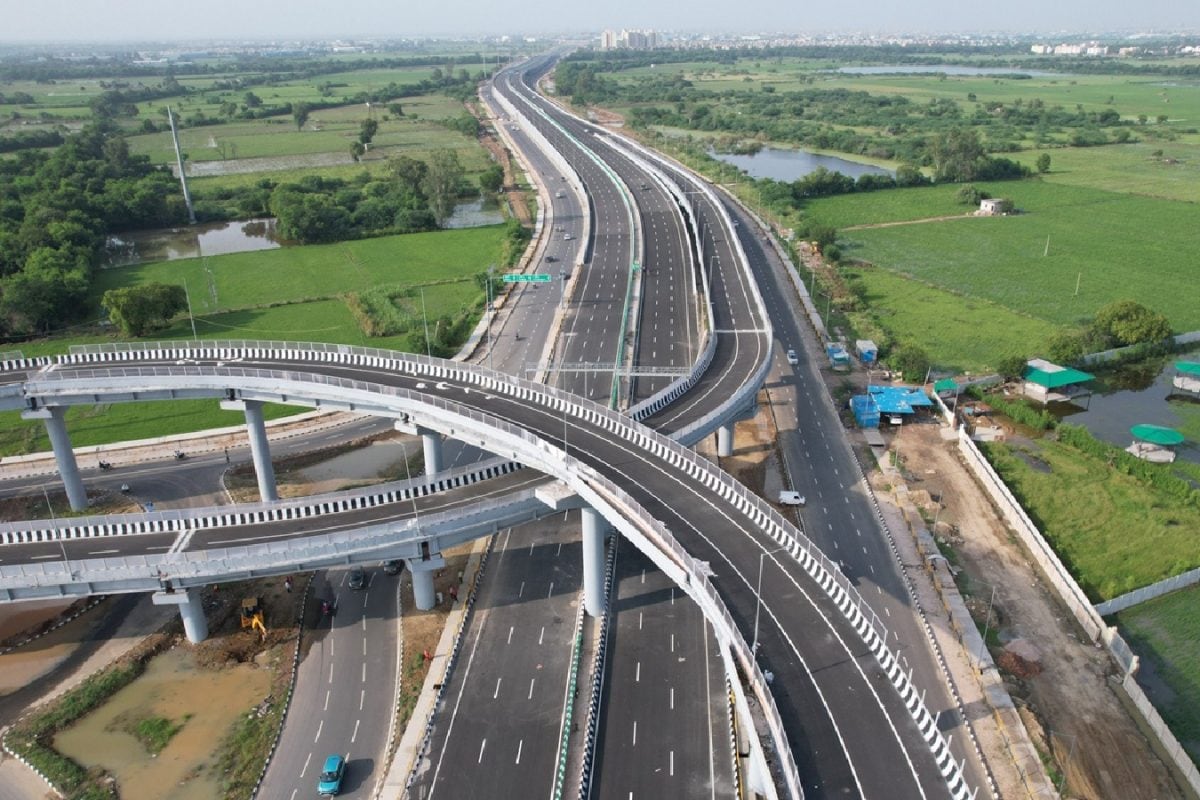

The inauguration of the Urban Extension Road-II (UER-II) and the Delhi section of the Dwarka Expressway is expected to significantly boost the real estate market and connectivity across the National Capital Region (NCR). Prime Minister Narendra Modi inaugurated these projects on August 16, 2025, marking a transformative leap in urban connectivity.
UER-II, a 75.7-km six-lane expressway, is designed to act as Delhi's new outer ring road, running from Alipur in North Delhi to Mahipalpur near the airport. Constructed at a cost of approximately Rs 8,000 crore, it connects multiple highways without forcing traffic into central Delhi. The Dwarka Expressway (NH-248BB) runs between Mahipalpur in Delhi and Kherki Daula Toll Plaza in Gurugram. With the Delhi stretch now complete, the expressway will fully connect Noida, Dwarka, and Gurugram through UER-II.
The completion of these projects is set to reduce travel times significantly. For instance, the Noida–IGI Airport journey is expected to be cut from over two hours to just 20 minutes. Similarly, travel times between Dwarka and Noida are projected to decrease from 1.5-2 hours to 35-40 minutes. Commuting between Noida and Gurugram (NH8) will also be faster, with travel times reduced to under an hour. The opening of UER-II is expected to reduce the travel time from Gurugram and Delhi to Sonipat, Panipat, Punjab, and Jammu & Kashmir from the Delhi border to IGI Airport considerably.
Experts believe that these projects will trigger a real estate boom in Delhi-NCR. By seamlessly connecting the Dwarka Expressway with IGI Airport, NH-48, and major peripheral highways, the corridor will not only ease congestion to locations like Ambala, Panipat, and Rohtak but also fuel real estate growth in these cities along with Delhi-NCR's micro-markets. Regions like New Gurgaon, Dwarka, Rohini, and Bahadurgarh are expected to be the biggest beneficiaries, along with other micro-markets in Delhi-NCR.
Akshay Taneja, CEO, TDI Infrastructure, said that once UER-II goes live, Kundli's real estate will pivot from 'edge of NCR' to 'plugged into Delhi'. The expressway is expected to bring IGI Airport within 20 minutes from the Kundli/Delhi border collapsing a two-hour grind into a predictable airport dash. Central Delhi should drop to roughly approximately 30–35 minutes via signal-free links, while West/South-West Delhi—Rohini, Mundka, Dwarka — come within approximately 15–25 minutes.
Enhanced connectivity drives property demand, and UER-2 is poised to ignite a boom. Noida, now a quick trip from the airport, becomes a magnet for professionals and investors seeking affordable yet well-connected homes. Property prices in Tier-2 and Tier-3 cities remain 30-50 percent lower than Gurugram or Noida, yet Kundli land values have surged 190 percent since 2020, while Sector 35 saw 252 percent appreciation in three years.
The projects will ease pressure on Delhi's Inner and Outer Ring Roads and key choke points like Mukarba Chowk, Dhaula Kuan, and NH-09. New links to Bahadurgarh and Sonipat will significantly improve industrial connectivity and goods movement across NCR. By diverting heavy vehicles, UER-II will reduce congestion on city roads, making local commuting smoother.
In conclusion, the inauguration of UER-II and the Delhi section of the Dwarka Expressway is poised to have a significant and positive impact on the real estate market and overall connectivity in the Delhi-NCR region. The improved infrastructure is expected to reduce travel times, ease congestion, and drive economic growth in the region.